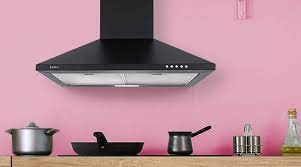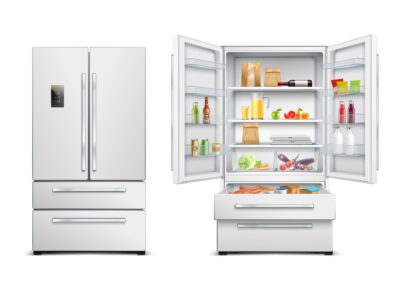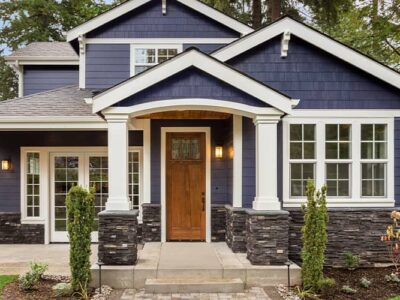
There are a variety of chimneys found in the market. It is important for you to check for the right kind of chimney produced by any of the best chimney brands because it helps them to live smoke-free in both indoor and outdoor kitchens.
Buying an auto clean chimney can help you stay away from fire and fire accidents to a larger extent. Some of the best Kaff Kitchen chimneys are known to come with safety parameters that can reduce the chances of catching fire easily.
This article will show you how to build a fire in your fireplace. The procedure for wood stoves is the same except that you must know how to use the stove once it is lit.
After a brief overview of what you need, I will explain the most popular fire-building technique (which does not necessarily mean it is the best).
What do you need to start a fire?
- Firewood that has been seasoned
- Small pieces of firewood can be split.
- Kindling or fire starters
- Crumpled newspaper
Seasoned firewood.
Good fuel is essential for a good fire. Use seasoned firewood, which is wood that has been kept covered for at least a year to get the best results. Season the wood with good airflow, but keep it covered.
Greenwood that isn’t seasoned (or unseasoned) has high moisture content and won’t burn well. Hardwoods like maple and oak tend to burn better than softwoods like pine.
BTU stands for British Thermal Unit. It is the heat needed to raise water temperature by one degree Fahrenheit.
Although lower-quality wood can often be used in open fireplaces, wood stoves require more care when selecting fuel.
It’s not a good choice for firewood, but super-dry wood (like the pile you have had in your shed since 1972) isn’t a great option. If it isn’t rotten, it might be okay for an open fireplace. However, it will burn fast and can throw lots of sparks.
All three types of wood, greenwood, and softwoods, can cause more problems when they are burned in wood stoves. For more information on how to fuel your stove, see Tips for Wood Stove User, page 52.
Easy to use outdoors
For those who are interested in facts and figures: Firewood should have a moisture content between 20% and 25%. Fresh-cut wood, on the other hand, can have a moisture content between 35% to 70%. Water has high specific heat, which is why wet/green wood won’t burn well. “Specific heat” refers to the heat needed to raise one gram of a substance’s temperature one degree Celsius. To boil the water away, takes a lot of heat. This means that there is less heat required to continue the combustion process.
Lumber, trash, and other things. You are probably aware that only seasoned firewood is allowed to be burned. Burning trash, treated lumber, or painted wood releases toxic chemicals into your home and the surrounding environment. Other damage could also be caused by this. Certain chemical agents can cause the destruction of a wood stove’s catalytic combustor.
Stoves and fireplaces are not incinerators. It is unsafe and environmentally unsound to use them as such. Recycle your plastic wrap and pizza boxes. Do your hearth a favour and use seasoned firewood.





